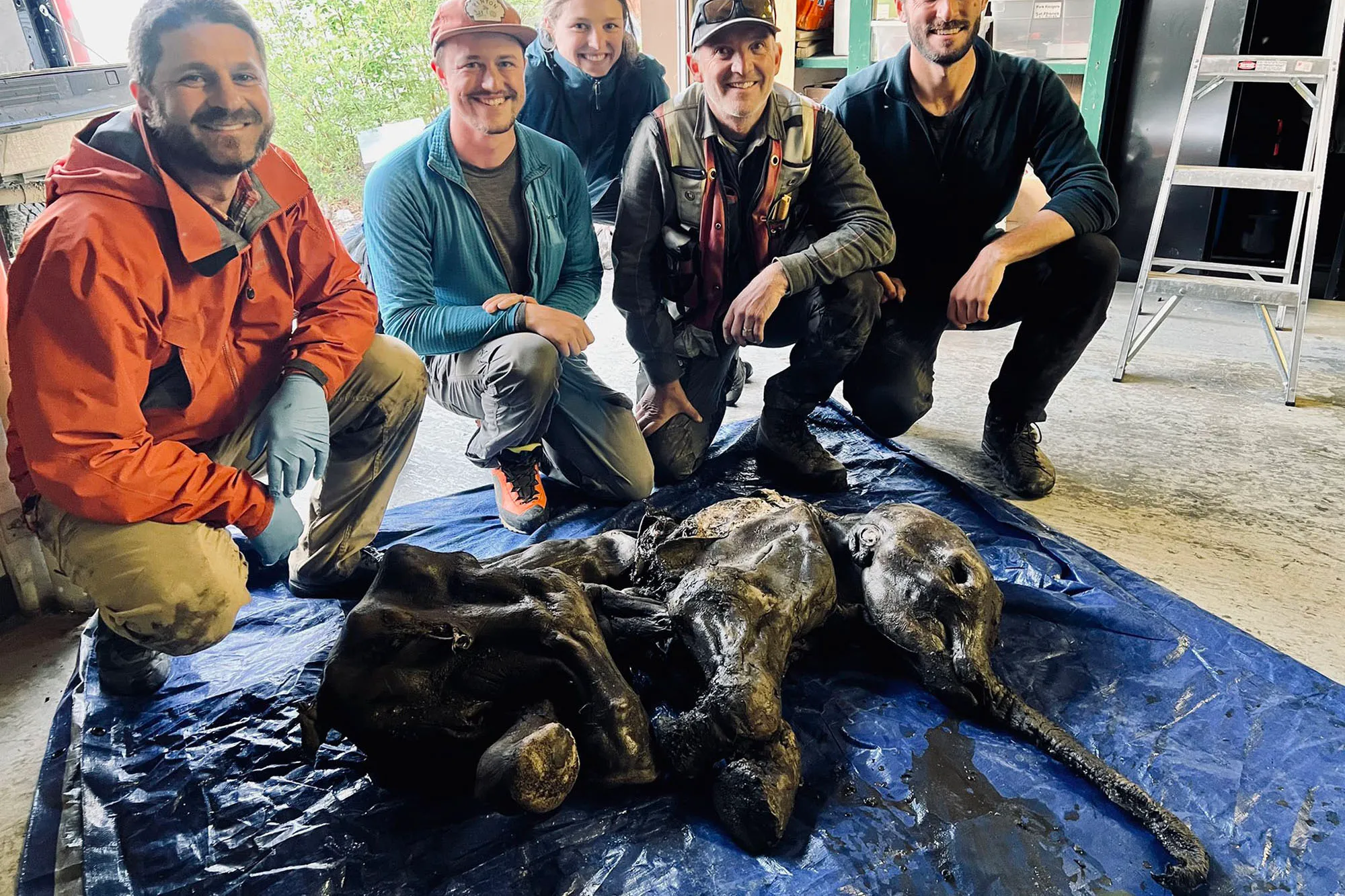Unidentified Flying Objects (UFOs) have long captivated our curiosity and imagination. One of the most puzzling aspects of these enigmatic aerial phenomena is their flight capabilities, which often defy our understanding of aerodynamics and propulsion. In this blog post, we'll embark on a journey to demystify how UFOs fly, exploring various theories and scientific possibilities while addressing the enduring mysteries that shroud their propulsion systems.
Anti-Gravity and Propulsion Theories: UFO sightings frequently describe objects exhibiting maneuvers and speeds that surpass the capabilities of known human-made aircraft. Some theorists propose that UFOs employ advanced anti-gravity propulsion systems that allow them to defy Earth's gravitational pull. These theoretical technologies could involve manipulating gravity itself, reducing mass, or generating exotic forms of energy. However, the scientific feasibility of such concepts remains unverified.

Exotic Propulsion Systems: Another theory suggests that UFOs employ propulsion systems fundamentally different from traditional jet engines or rockets. These exotic systems might include plasma propulsion, electromagnetic drives, or even harnessing the fabric of space-time itself. While these ideas have generated interest among physicists and engineers, there is currently no definitive evidence to support their existence.

Magnetic Fields and Electromagnetic Effects: Some UFO sightings involve reports of strong magnetic fields or electromagnetic effects in their vicinity. It is theorized that these fields could play a role in their propulsion. However, the mechanisms by which these fields are generated and harnessed remain speculative. Additionally, the potential health risks associated with intense electromagnetic fields raise concerns for both potential occupants and terrestrial observers.

The Mystery of Inertia: UFO sightings often feature rapid acceleration, deceleration, and abrupt changes in direction without the anticipated inertial effects that would impact human occupants. This aspect of UFO flight challenges our understanding of the laws of physics, particularly Newton's laws of motion. It remains an enduring mystery whether these objects somehow negate inertia or possess technologies that counter its effects.

Human or Alien Origins: Another significant mystery is the origin of UFOs themselves. While some propose that UFOs are advanced human-made aircraft, others speculate that they are extraterrestrial in origin. If UFOs are indeed the product of advanced civilizations from other worlds, their flight technologies could represent a level of scientific understanding and engineering far beyond our current capabilities.

End: As we conclude our exploration of how UFOs fly, we find ourselves at the intersection of science, speculation, and wonder. The flight capabilities of these mysterious objects challenge our understanding of physics, propulsion, and the boundaries of human knowledge.

The enduring mystery of UFO flight beckons us to embrace our curiosity, seek scientific explanations, and remain open to the possibilities that the cosmos may hold. Whether these possibilities involve advanced human-made technologies, exotic propulsion systems, or even the potential for extraterrestrial visitation, the concept of UFO flight reminds us of the boundless nature of human imagination and our enduring quest for knowledge and understanding.
In the grand tapestry of the universe, the flight of UFOs invites us to explore the frontiers of possibility, question our preconceptions, and remain open to the mysteries that may someday be unveiled. As we continue to gaze at the skies and ponder the enigmas of the cosmos, we stand ready to confront the challenges of the unknown, even as we acknowledge that some questions may remain unanswered for generations to come.






